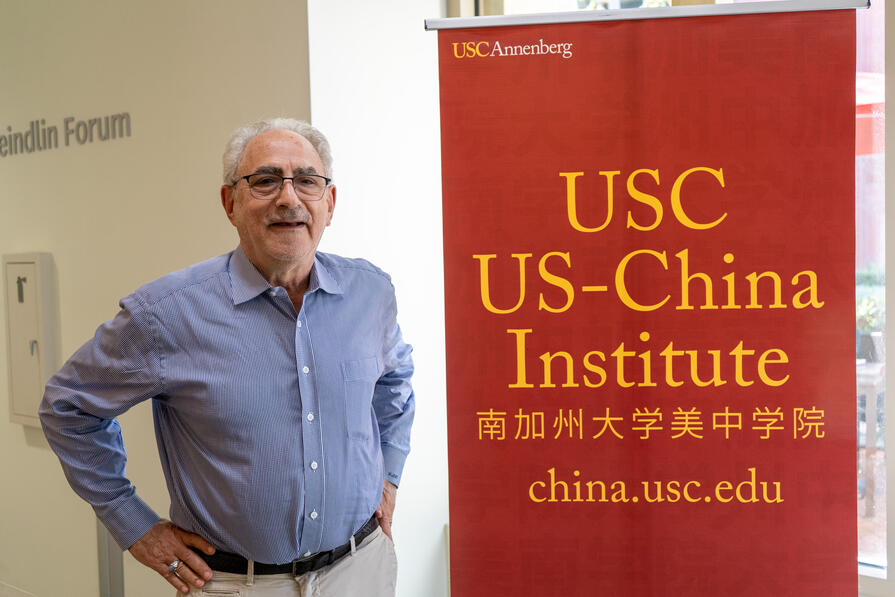Feng Xu, Ph.D.
Abstract (Summary)
This dissertation seeks to explain why foreign capital inflows in various forms perpetuate the restrictive import regime in some instances but facilitate trade policy opening in others.
The author identifies two variables that might shift trade policy in one direction or the other: (1) the ratio of foreign direct investment (FDI) to external debt, and (2) the inward/outward-orientation of foreign investors.
His hypotheses are that the more foreign capital inflows are associated with FDI rather than commercial bank loans, and the more outward-oriented the foreign investors, the lower the level of tariffs. As two distinct forms of foreign capital inflows, FDI and external debt can have very different impacts on government decision whether to use the exchange rate or tariffs for current account adjustment. A higher level of external debt relative to FDI gives the government less incentive to devalue its currency for external adjustment because devaluation increases the local currency value of a debt denominated in foreign currency. A higher level of FDI relative to external debt gives the government more incentive to do so, since a rise in FDI shifts foreign exchange risks more onto foreign investors, and devaluation therefore works against foreign investors rather than the debtor country by lowering the value (in dollars) of fixed foreign assets. A real devaluation, which makes imports cheaper and exports more competitive, is conducive to import liberalization.
To evaluate these two hypotheses, the author selects two pairs of contrasting, sector-specific episodes: the Brazilian government decisions to raise automobile tariffs in the late 1960s and lower them in the 1990s; and the Chinese government decisions to lower tariff protection for consumer electronics while at the same time raising it for automobiles during the 1990s. As the evidence shows, two significant reasons for the variations were changing levels of FDI relative to external debt, and a changing orientation of foreign investors as between domestic sales and exports. These cases therefore provide support for both hypotheses.
Advisor: Lowenthal, Abraham F.; Odel, John S.



